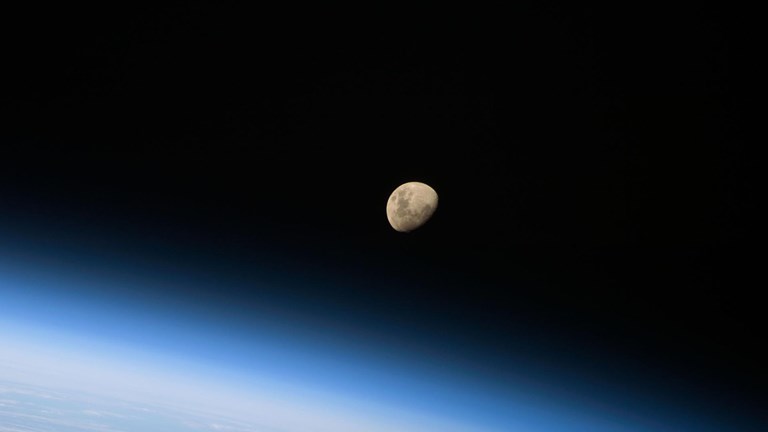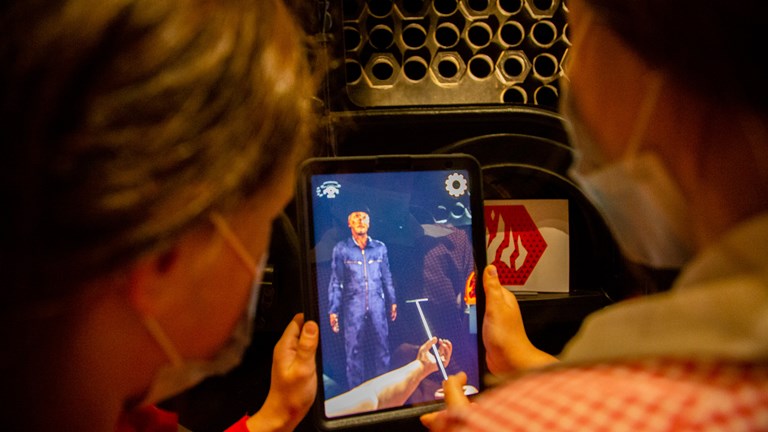
Earth, Moon and Sun Show
- What
- Museum Staff-led
- When
- Terms 1 to 4, Monday to Friday
- Duration
- 30 minutes in the Energy Lab
Curriculum links & Accessibility & Access Fund - Year level
- Years 3 to 6
- Minmum student numbers
- Minimum 15 students
- Maximum student numbers
- Maximum 100 students
- Cost
- $9 per student + education service fee
- Booking information
- Bookings 13 11 02
This 30-minute science show explores the relative sizes and cycles of the Earth, Moon and Sun, and how they give us the day and night cycle, and the seasons. This show has students guessing and voting, includes live demonstrations, and actively addresses many of the common misconceptions students have about our world.
Students will experience
- Interactive guessing and voting activities about the size, scale, distances and movements of the Earth, Moon and Sun
- Discussion about day and night
- What a 24 hours day in summer looks like at the south pole
- Participatory discussion and unpacking of the tilt of the Earth, and how that affects the length of the day and angle of the sunlight
- How the length of the day and angle of the sunlight varies throughout the year in Melbourne
Students will learn
- About the relative sizes and distances of the Earth, Moon and Sun
- About the orbits of the Moon and the Earth, and the rotation of the Earth on its axis
- That daytime and nighttime are caused by sunlight and the rotation of the Earth, and that the length of daytime varies across different places on Earth
- That the seasons are caused by the tilt of the Earth changing the length of the day and night, and the angle of the sunlight
Victorian Curriculum links
Science: Foundation to Level 2
Earth and space sciences
daily and seasonal changes in the weather and the environment can be observed and affect decisions made in everyday life
VC2S2U07
Earth is one of 8 planets in our solar system; observing the sky reveals patterns in the changing positions of the Sun, Moon, planets and stars
VC2S2U08
Science: Levels 3 and 4
Physical sciences
heat energy can be generated from different sources; temperature changes may happen when heat is transferred from one object to another
VC2S4U09
Science: Levels 5 and 6
Earth and space sciences
the force of gravity keeps Earth and other planets in the solar system in orbit around the Sun; cyclic observable phenomena, including variable day and night length, can be related to Earth’s tilt, rotation on its axis and revolution around the Sun
VC2S6U07









